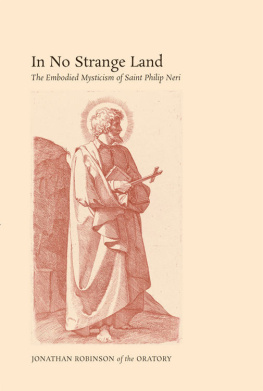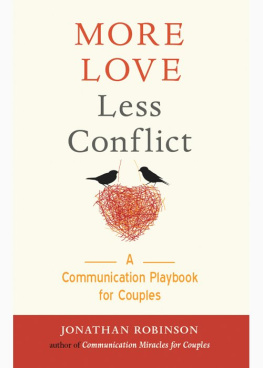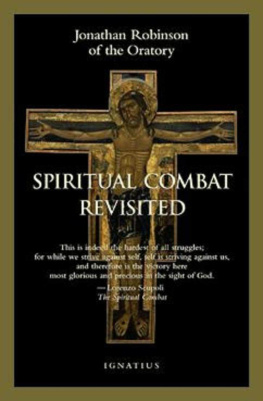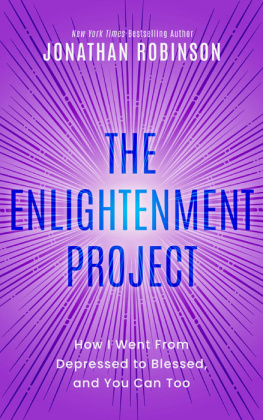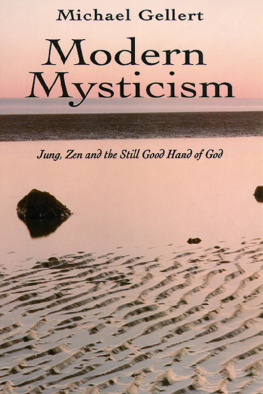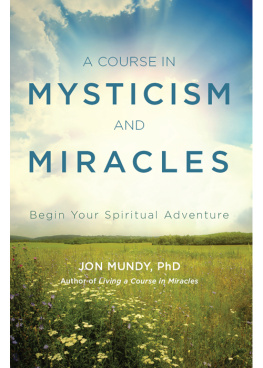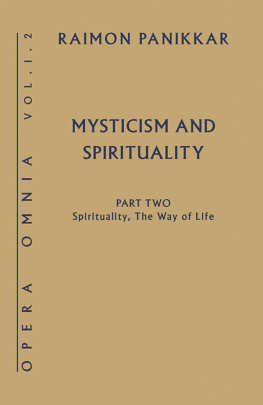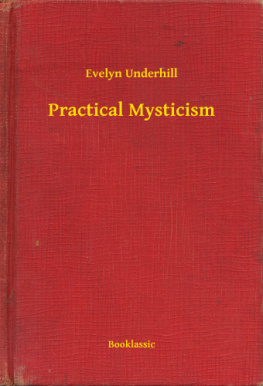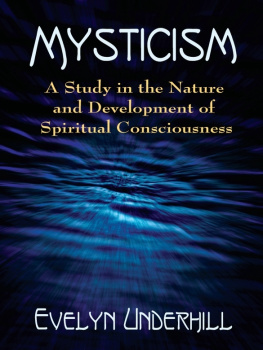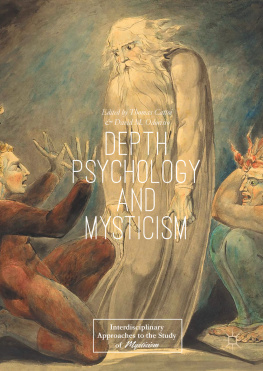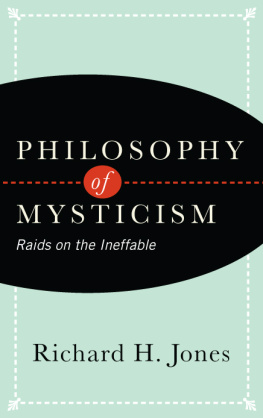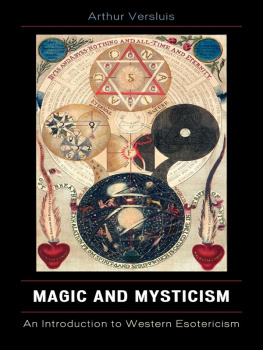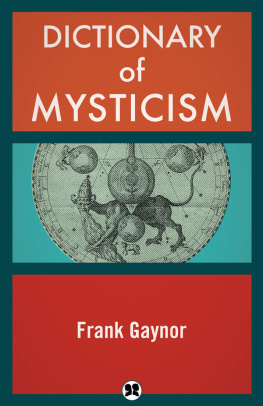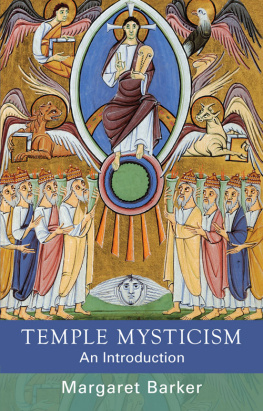In No Strange Land
The Embodied Mysticism of Saint Philip Neri

Jonathan Robinson of the Oratory
In No Strange Land
The Embodied Mysticism of
Saint Philip Neri


First published
by Angelico Press, 2015
Jonathan Robinson, 2015
All rights reserved
No part of this book may be reproduced or transmitted,
in any form or by any means, without permission.
For information, address:
Angelico Press
4709 Briar Knoll Dr.
Kettering, OH 45429
angelicopress.com
978-1-62138-134-1
Cover image: Johann Friedrich Overbeck (17891869)
Saint Philip Neri (1826)
Cover design: Michael Schrauzer
In No Strange Land
O world invisible, we view thee:
O world intangible, we touch thee:
O world unknowable, we know thee:
Inapprehensible, we clutch thee.
Not where the wheeling systems darken,
And our benumbed conceiving soars:
The drift of pinions, would we harken,
Beats at our own clay-shuttered doors.
The angels keep their ancient places
Turn but a stone, and start a wing!
Tis ye, tis your estranged faces
That miss the many-splendoured thing.
FRANCIS THOMPSON
et ei amor ipse est intellectus
(and love itself is understanding for him)
WILLIAM OF THIERRY
. William of St. Thierry, The Golden Epistle, A Letter to the Brethren at Mont Dieu.
To Abbot Eugene Hayes, O. Praem.
and the Norbertine Community of
St. Michaels Abbey, California
... there are varieties of service, but the same Lord.
1 Corinthians 12:5
CONTENTS
ACKNOWLEDGMENTS
My first debt is to the members of the Toronto Oratory for their patience and support and for all they have taught me about St. Philip.
I have to thank in a special way Fr. Philip Cleevely, Fr. Derek Cross, Fr. Daniel Utrecht, and David Warren, all of whom read the entire manuscript of this book while it was being written. With great kindness, not unmixed with a quiet irony, they have been the cause of a good deal of tightening up of both argument and style. I must add that, in spite of all this help, the flaws that remain are all my own doing.
My friend Dennis Crowley, who in spite of bad health has been unfailing in his encouragement, and who has placed his first-hand knowledge of Renaissance music and art at my disposal: I am very grateful for this. My thanks also go to Professor Bruce Redford, who also helped me on many aspects of the history of art. Dr. Edward Goldberg, the Founder of the Medici Archives Project, and his successor, Dr. Alessio Assonites, were always there to answer questions about why and where in sixteenth-century Florence, and I do thank them for their kindness.
I am also very much in the debt of Professor Lorenzo Polizzotto of the University of Western Australia, who has very generously drawn on his vast learning of Renaissance Florence to help and encourage a complete stranger.
Dr. Stephanie Treloar and the staff of the library at the Centre for Reformation and Renaissance Studies at the University of Toronto have been unfailing in courtesy and helpfulness.
The Reverend Brother Domenic Viggiani, F.S.C., and Robert Pontisso, have both been generous in helping with the translation of some of the Italian texts.
Preface
People Not Arguments
Perhaps, then, the memory of anyone distinguished in life would be enough to fill our need for a beacon light and to show us how we can bring our soul to the sheltered harbor of virtue where it no longer has to pass the winter amid the storms of life or be shipwrecked in the deep water of evil by the successive billows of passion. It may be for this reason that the daily life of those sublime individuals is recorded in detail, that by imitating those earlier examples of right action those who follow them may conduct their lives to the good.
St. Gregory of Nyssa
The heart is commonly reached, not through the reason, but through the imagination, by means of direct impressions, by the testimony of facts and events, by history, by description. Persons influence us, voices melt us, looks subdue us, deeds inflame us.
J.H. Newman
THIS BOOK is an essay on the life of St. Philip Neri, written from the viewpoint of the development of his mystical life. This account has, therefore, both a biographical aspect and an element of what has come to be known as historical theology. Christians believe that their faith is based on the truth of Gods revelation in Jesus Christ, but the reception of this revelation has an essentially historical character. The divine truth is believed, heard, and developed by real men and women living in the everyday world of time and space. but the development of the life of prayer, under grace, is inescapably personal and historical.
It follows from this principlethat is, the principle that development in the life of prayer is inescapably personal and historicalthat the only way we will see how this development really takes place is by examining individual lives. There may, of course, be general aspects to be discovered as a result of such an inquiry, but if we leave out the examination of the time-bound experience of those who have actually prayed, then we will end up by prescribing, in terms of theory, how prayer should develop, rather than describing how it does in fact begin, and how it sometimes flowers into the experience of the mystics.
In this book I attempt to show how the mysticism of St. Philip Neri developed during his lifetime and was the source of his influence. I have chosen to use this particular life not to illustrate a concept of mysticism that has already been established, but to probe the question of how prayer sometimes develops into what I have termed embodied mysticism.
In North America, St. Philips life and significance hardly register in the awareness of contemporary Catholics. Even those who have heard about the Saint take him for a practical joker who was suspicious of book learning and had a flair for dealing with young men and aristocratic ladies. Some know that he was reported to have been something of a mystic and took a long time saying Mass. This all adds up to something slightly more than nothing. Rather than being brought face-to-face with Philipthe friend of God and living witness to the unseenwe glimpse an eccentric priest who for largely unexplained reasons was an important figure in sixteenth-century Rome. First, then, it is necessary to amplify this inadequate impression with a biographical delineation.
St. Philip was born in Florence in 1515. He lived through most of the sixteenth century and died in 1595. He left his native city and came to Rome in 1533 or 1534 (when he was eighteen or nineteen) and spent the rest of his life there. He began as a kind of hermit, living in the city, earning a little money by tutoring, studying at two of the Roman universities, and praying by night in the catacombs. Gradually he began to preach and teach, and he gathered a little group around him to pray and converse about spiritual things. There was also a practical side to these meetings. Philip organized visits to the hospitals and laid foundations for a large-scale charity to care for pilgrims to Rome.
Philip was ordained, at his confessors insistence, in 1551, when he was But it was the larger, secular group of laymen who constituted the first Oratory.
Next page
